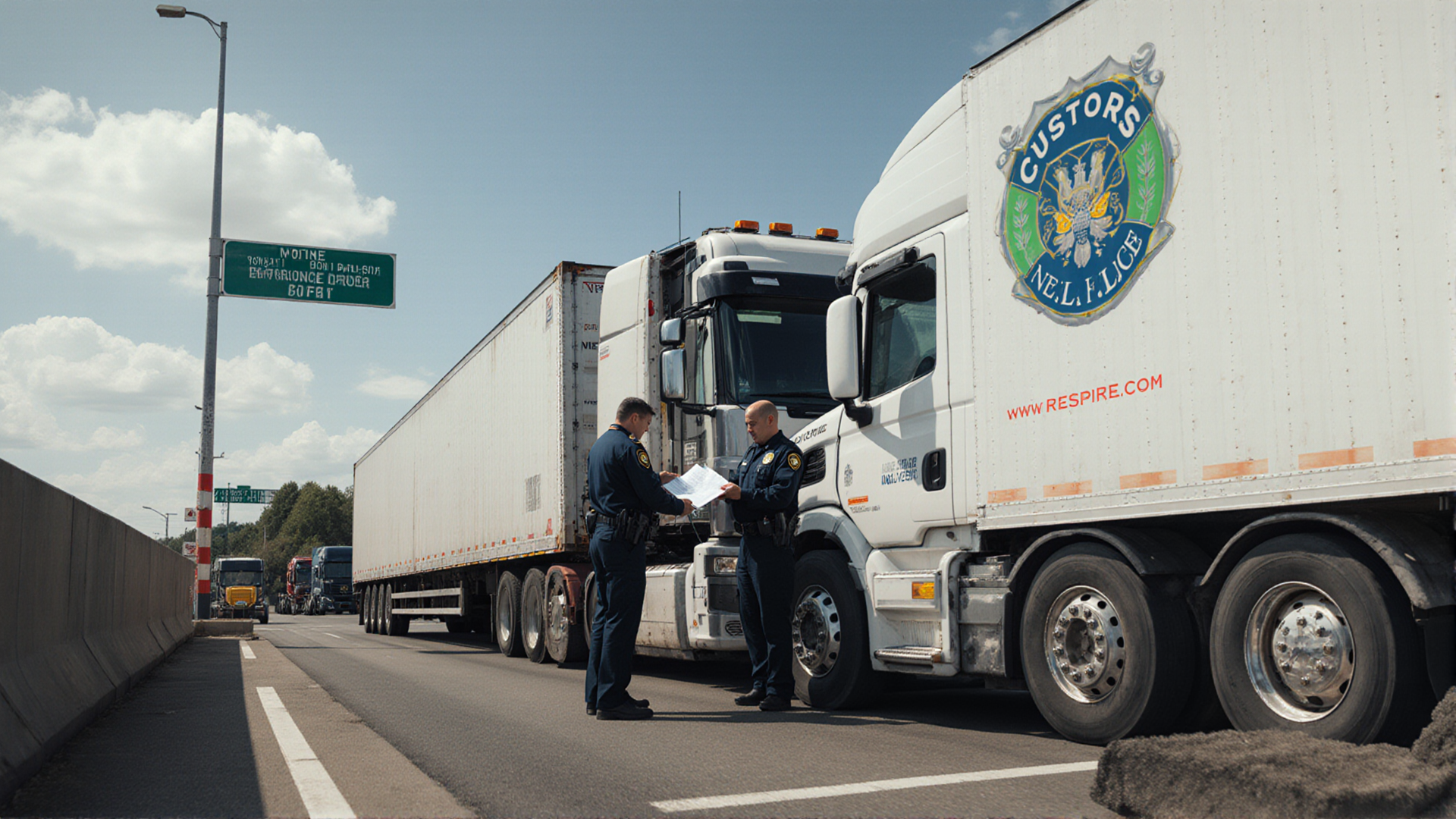
The most recent enforcement initiative along a major interstate has brought the nexus of immigration policy and commercial transportation into sharp focus for supply chain leaders. A 15‑hour operation that led to the detention of 70 individuals—34 of whom held commercial driver licenses—underscores the heightened scrutiny that cross‑border logistics faces today. For executives overseeing fleets that traverse state lines, the event is a stark reminder that driver eligibility is not merely a legal formality but a cornerstone of operational integrity.
During the sting, 209 commercial vehicles were inspected, and 70 people were detained, with a little under half of those arrested holding valid CDLs. The operation targeted drivers lacking legal status or basic English proficiency, conditions that directly threaten on‑road safety and regulatory compliance. The fact that the majority of detained drivers were operating heavy‑haul vehicles highlights the vulnerability of the long‑haul segment to workforce gaps that can arise when compliance standards are not rigorously enforced.
The crackdown reflects a broader trend in which state and federal agencies are increasingly partnering to enforce driver qualifications on high‑traffic corridors. The preceding operation on the same interstate, which involved 500 inspections and 120 arrests—most of them CDL holders—demonstrates a sustained effort to root out illegal and potentially unsafe drivers. States across the country are following suit, illustrating a nationwide shift toward stricter enforcement of licensing, immigration status, and language proficiency for commercial operators.
For supply chain professionals, these developments signal an urgent need to strengthen verification processes. Robust driver background checks, continuous monitoring of licensing status, and real‑time compliance dashboards can mitigate the risk of encountering unqualified operators. Leveraging telematics and digital identity solutions can provide the data needed to ensure that every driver on a route meets both legal and safety requirements.
The data from these operations also reveal a diverse pool of licensed drivers, with CDLs issued by states such as California, Florida, Illinois, and Texas. This geographic spread points to the importance of understanding regional licensing nuances and the potential for cross‑border discrepancies. Supply chain managers must therefore maintain an up‑to‑date knowledge of interstate licensing agreements and the specific requirements that apply to each jurisdiction they serve.
Strategic recommendations emerging from this scenario include the development of a unified compliance framework that aligns with both state and federal regulations. Partnerships with regulatory bodies can provide early warning of enforcement shifts, while targeted driver training programs—especially for language and safety protocols—can reduce the likelihood of violations. Investing in advanced driver monitoring systems not only enhances safety but also supports sustainability goals by minimizing incidents that lead to fuel waste and vehicle downtime.
From a sustainability perspective, the crackdown reinforces the link between regulatory compliance, road safety, and environmental stewardship. Safer operations reduce the frequency of accidents, thereby decreasing the carbon footprint associated with emergency response and vehicle repair. Moreover, a compliant driver fleet supports the broader ESG objectives that modern supply chains are expected to meet.
In conclusion, the intensified enforcement of commercial driver qualifications along key interstate corridors serves as a wake‑up call for supply chain leaders. It highlights the imperative of integrating rigorous compliance checks, technology‑driven monitoring, and proactive driver development into the core of fleet management. By doing so, organizations can safeguard their operations, protect their reputations, and contribute to a safer, more efficient transportation ecosystem.
Loading comments...